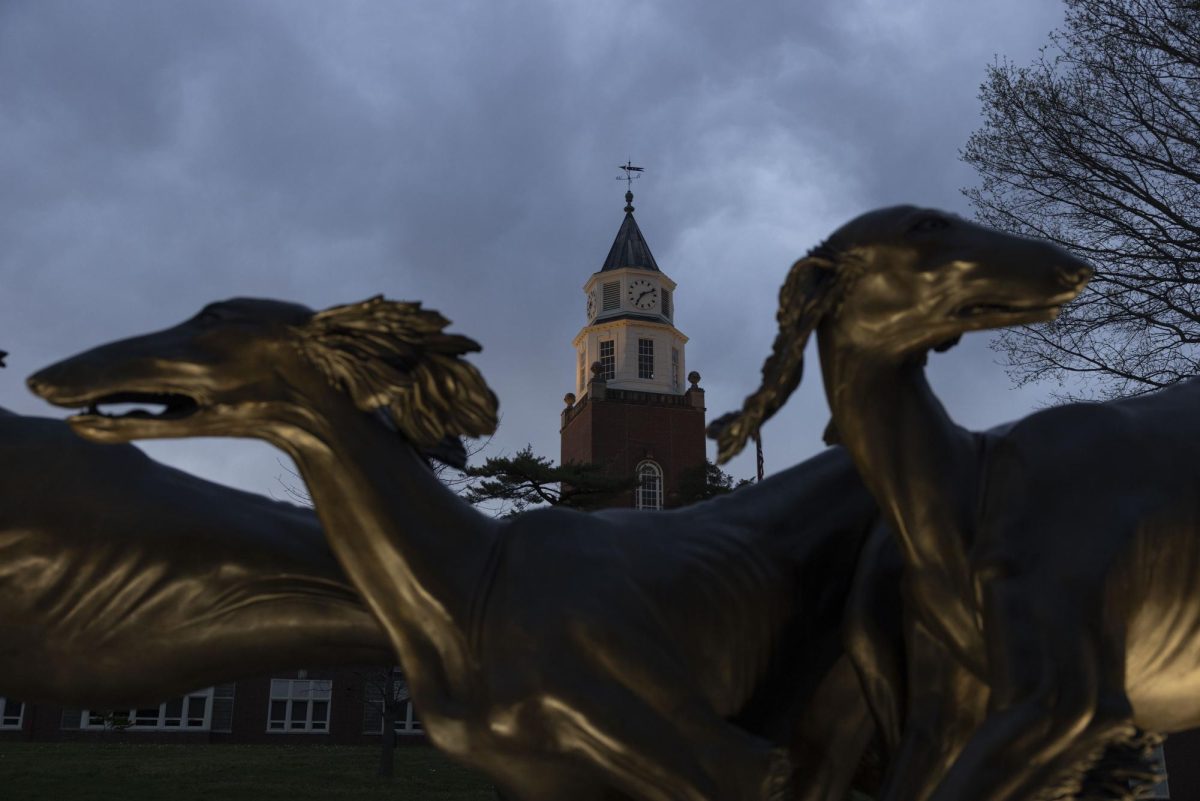America forced groups to become second-class
December 7, 1997
Bill Mamer submits it is no more of the government’s business what ethnic group you belong to than which religion you subscribe in his letter (Americans should stop thinking by race alone, Nov. 5). The problem with this analysis is that historically the U.S. government has done this precisely all too well. It has used race and ethnicity repeatedly to forcibly subjugate minority groups into second-class citizens.
The last racial restrictions were not repealed by Congress until 1952. Thus, for 162 years whites were considered citizens while other groups such as Native Americans, African-Americans, Asians and Hispanics were not. With the tool of citizenship, whites could vote and gain political participation and representation. The outcome of this privilege was economic and social prosperity for one segment of society and not for the other. In fact, while whites reaped the benefits of institutional affirmative action, other minority groups were enslaved and some had to fight to preserve their way of life. Other minorities suffered from race exclusions as well.
As a history major, I am sure Mamer is well aware that the Chinese Exclusion Act of 1882 was the first national law passed by Congress that barred one group’s entry into this country based on race. It also prohibited wives of Chinese laborers from entering the United States. The passing of this historic piece of legislation came about as a direct result of political pressure from whites who, at the time, feared job competition from Chinese immigrants working on the Transcontinental Railroad and in gold mines in California. For a period of American history, the words Chinese and exclusion were synonymous. The Chinese workers themselves remained ineligible for citizenship until 1943. Following legislation such as the 1945 California Alien Land Act prohibited Asians from owning land and properties.
Advertisement
The author of Americans should stop thinking by race alone also states that as a future history teacher, he will be the first to admit that until recently, minorities were held back by institutional racism. This is an understatement and is passively inaccurate. Minorities were not just held back by institutional racism, but the racism they experienced was often very active and very violent. A more correct depiction would include enslaved, destroyed and excluded.
Admitting wrong in the past is heading in the right direction, but to claim that recent minority affirmative action offend[s] the generic white male is seeing history in a static rather than continuous manner.
An analogy would go something like this:A group of people is sitting at a table playing poker. After eight hours of playing, one player has gotten ahead by winning most of the chips from the others. It is soon discovered that the reason the player got ahead was because he cheated by having an extra card. When caught, the player admits guilt and insists that from now on everyone must play by the rules or else it is reverse discrimination. The extra card that allowed the one player to get ahead of everybody else was the voting card enjoyed by the generic white male.
I have taught biology in an inner-city high school, and I agree with Mamer in that we both see the value of diversity. However, to think that diversity can be achieved by individuals on a level playing field is naive, for up to recent times the field has never been leveled. History is not just this morning, yesterday or the month before. History is continuous from the beginning of time.
Because one has to know one’s history in order to have focus and direction for the future, I submit that history is not just about events in the past, but that history also is the future. To give up on recent affirmative action programs is the rationale that fails to understand that affirmative action has always existed in the past and will continue to be a part of the future, perhaps under different labels.
first-year graduate student, physiology.
Advertisement*
Advertisement








